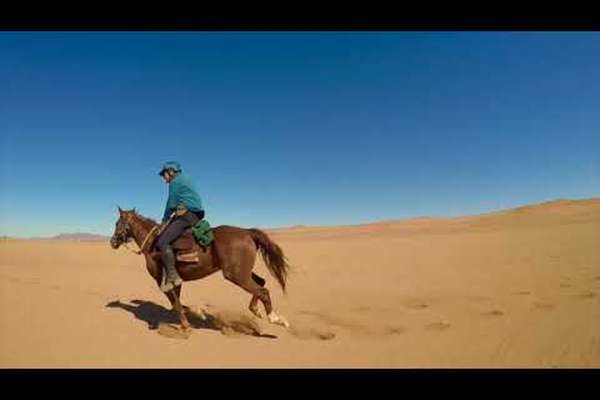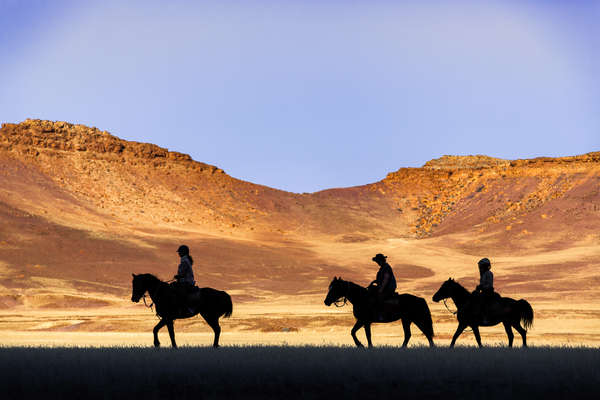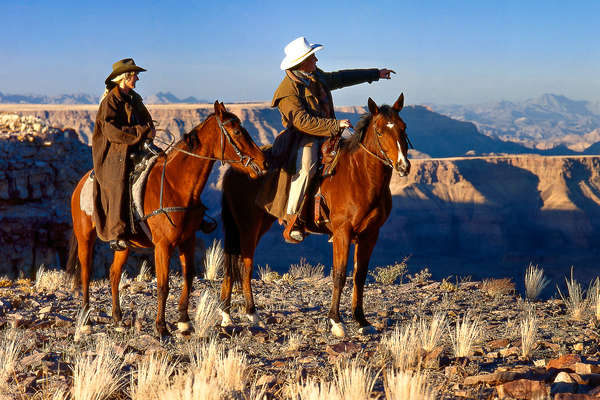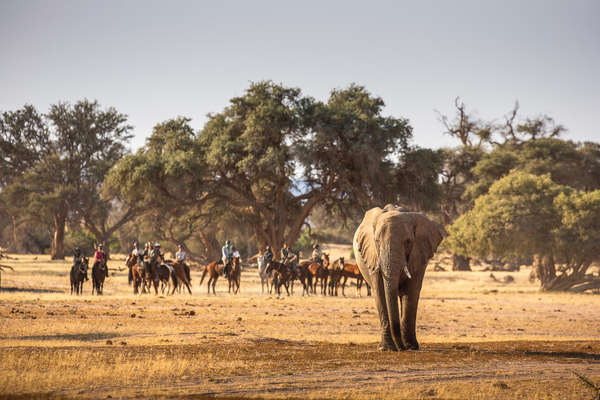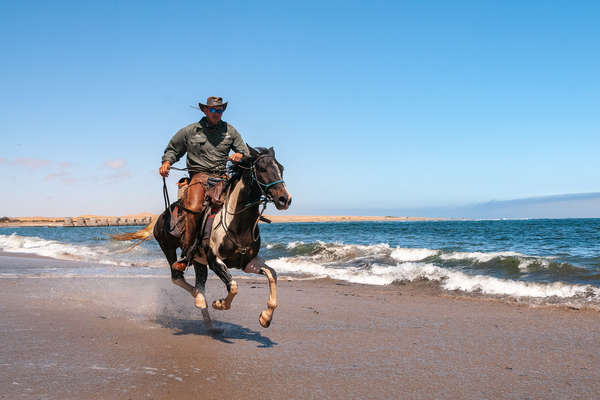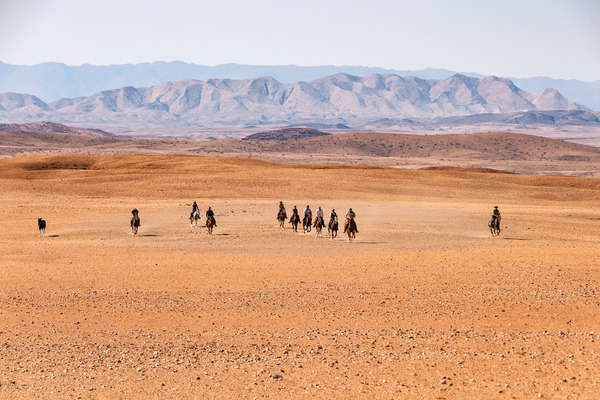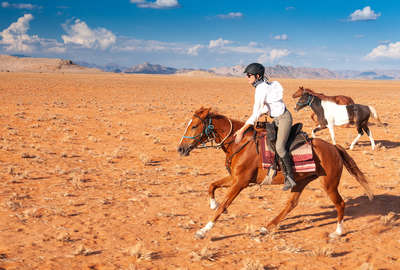
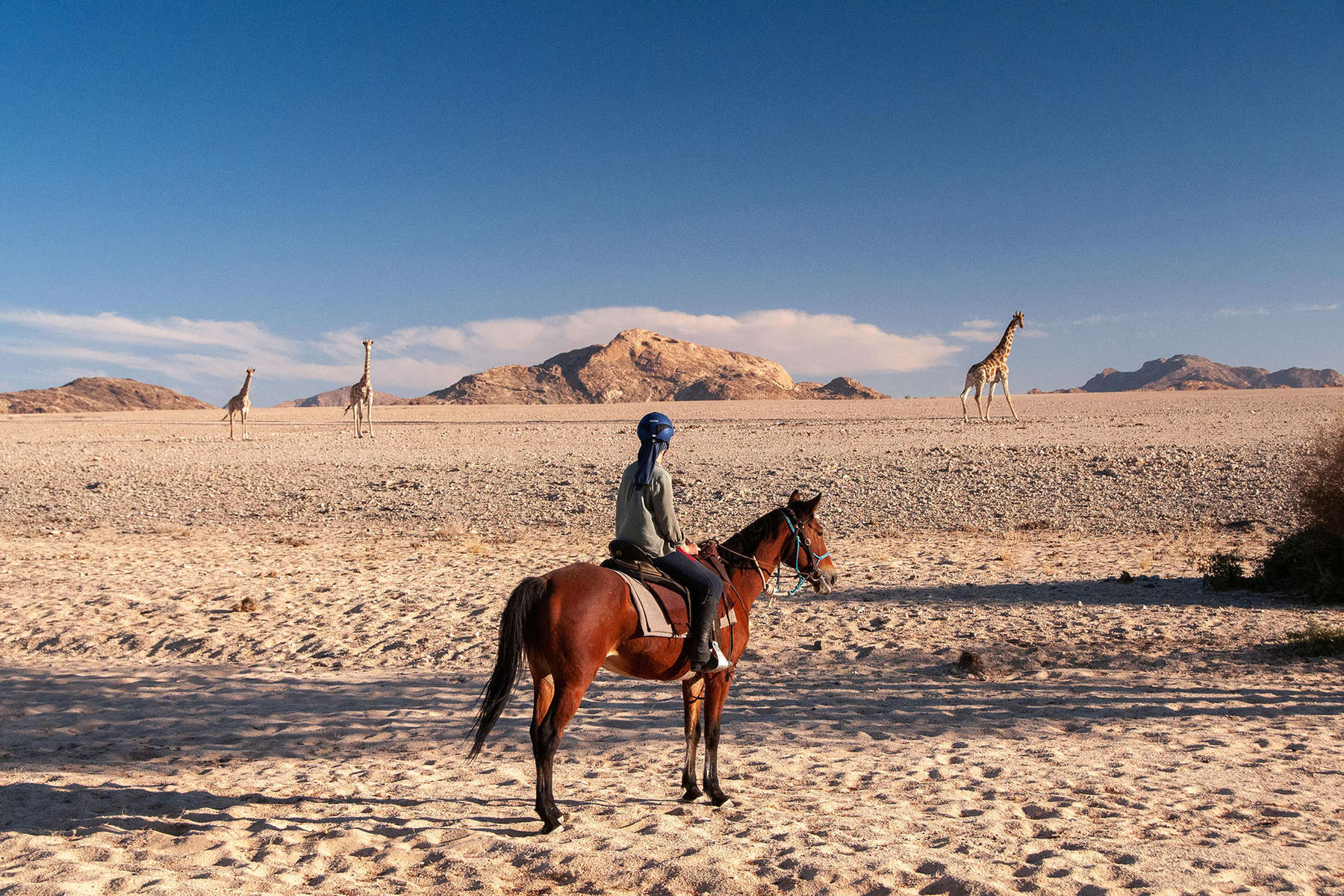
From the horse’s mouth
All trips


Damaraland Expedition
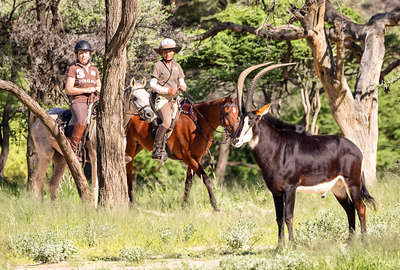
Okapuka safari
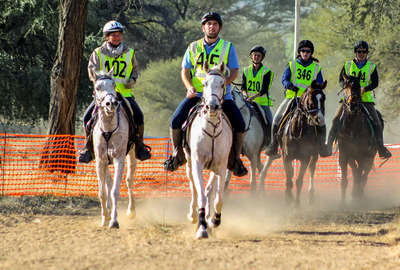
Okapuka endurance training
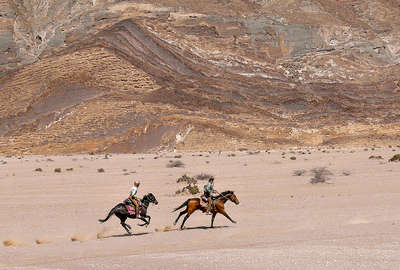
Skeleton Damara Safari
Visa & Health
Formalities
Addresses of consulates
- Namibian High commission
Health
Insurance
Voltage
Budget and money
Telephone and jetlag
Country information
Country ID
Socio-economical data
History
Geography
People, culture and traditions
Choosing the right riding holiday
Choosing the right riding holiday
Namibia is a land of contrasts and offers some spectacular options for riding safaris and trail rides. From the stunning dunes at Sossusvlei to the desolate wonder of the Skeleton coast; the dramatic canyons of Fish River and the vastness of the Namib desert, there are horseback rides to amaze you. Namibia is best suited to competent or experienced riders, who can make full benefit of the wide open spaces and spirited horses.
One of our most challenging trail rides is the Namib Desert trail - 400km across the desert to the coast at Swakopmund, camping every night, this one is for experienced and adventurous riders only.
For an exploratory-style trail ride, the Skeleton Damara safari is an incredible choice. On incredibly fit horses, you will set off from the Skeleton Coast, into remote western Damaraland before you finally make your way back to the Atlantic Coast.
For a more traditional riding safari, viewing giraffe, zebra, various antelope and white rhino, then choose Okapuka - and experience the thrill of riding an Arabian horse too.
You can also try your hand at Endurance riding in an actual competition on endurance horses owned and trained by Okapuka - a once-in-a-lifetime experience.

